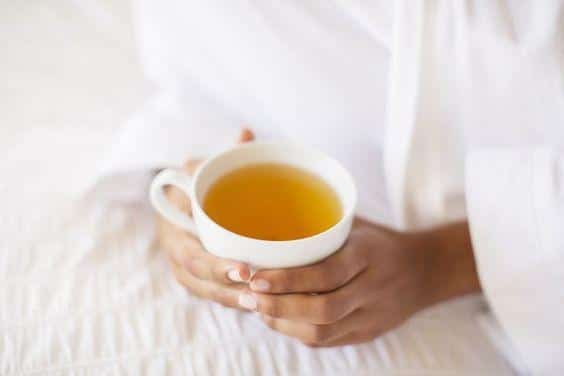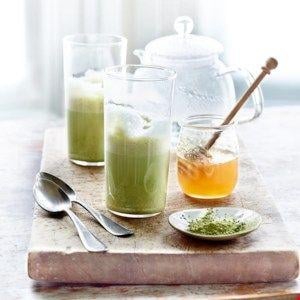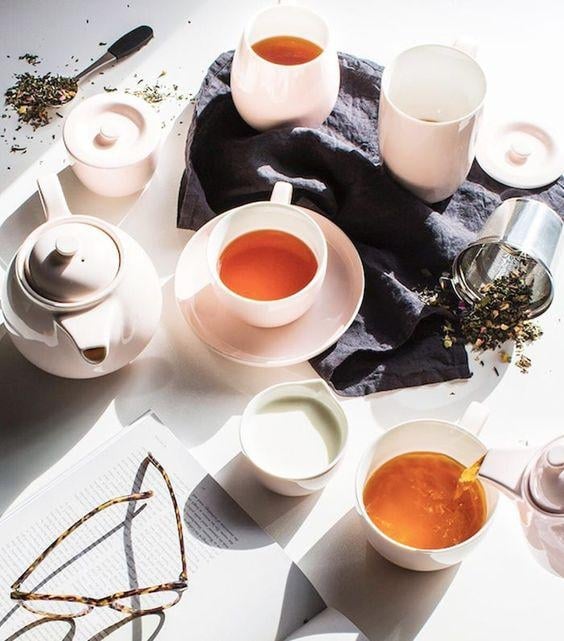Category: Blogs
Matcha Latte Art: Creating Beautiful Designs with Green Tea
Understanding the Art of Steeping Tea
The Oral Health Benefits of Green Tea
3 Reasons Why Drinking Green Tea Enhances Your Smarter Look
Tea Drinking Dos and Don’ts
The Role of SOPs in Elevating Your Tea Menu
Which E-Commerce Model is Best for Tea Shops?
How to Become a Tea Expert
I believe that many people who love tea would like to be known as a Tea Expert / Tea Sommelier, who has special knowledge and expertise, can distinguish different types of tea, and know the temperature or type of water required to brew each type of tea to achieve the best taste.
If you have true knowledge and understanding of tea brewing, you’ll not only become a Tea Expert, but you’ll also be able to leverage this knowledge to further your business, such as becoming a consultant at tea shops and restaurants, helping to design and pair food and dessert menus with tea to enhance the flavors. So, let’s take a look at the list of what knowledge you need to become a Tea Expert.
Tea cupping is a method of brewing tea that has many different brewing methods, such as using chazen to brew tea made from green tea powder (see more at shorturl.at/desuL) or using cold-pressed tea (see more at shorturl.at/gAV57). There are many other ways to brew tea that you should know.
Tea culture: Know the tea drinking culture of each country so that you can create the tea story you want to present.
Different brewing and presentation techniques of tea: How to brew and present each type of tea to make it more appetizing, or what style of food or dessert should be paired with it?
Blending and Flavoring Tea : Learn how to blend your own teas, or combine them with flowers or other herbs, to create new flavors and aromas.
Tea brewing and presentation techniques, Japanese-style tea serving styles, and English-style tea are also different. Serving in the correct containers or using decorative props will greatly enhance the aesthetics of tea drinking.
Understand how to grow and harvest tea to obtain the best tea leaves and tea powder, whether it’s organic tea cultivation or simple experiments at home. Learn the factors required to grow tea for the best results.
However, becoming a Tea Expert requires more than just in-depth knowledge. Experience and repeated experimentation will enhance your tea-making senses, including aroma, flavor, and color perception. Beyond the essential knowledge and understanding of tea, additional knowledge about marketing or tea shop management will further enhance your tea shop’s marketing plans and sales techniques.
Source
Article from: Fuwafuwa
Can you turn your garden into a green tea plant?
Green tea lovers will love this experiment: Transform your home garden into a green tea tree. Start by planting seeds in a 6×8-inch plastic bag. Fill the bag with soil mixture. Place the good tea seeds in the center of the bag, bud side down, and cover the seeds with about an inch of rice husk charcoal or sand mixed with coconut husks. Shade the seeds and water them regularly during planting. This method is chosen because it doesn’t take up much space in a home garden. Propagation by seed is also a popular method in Thailand. Tea trees grown from seed have strong root systems and a taproot that can withstand drought well.
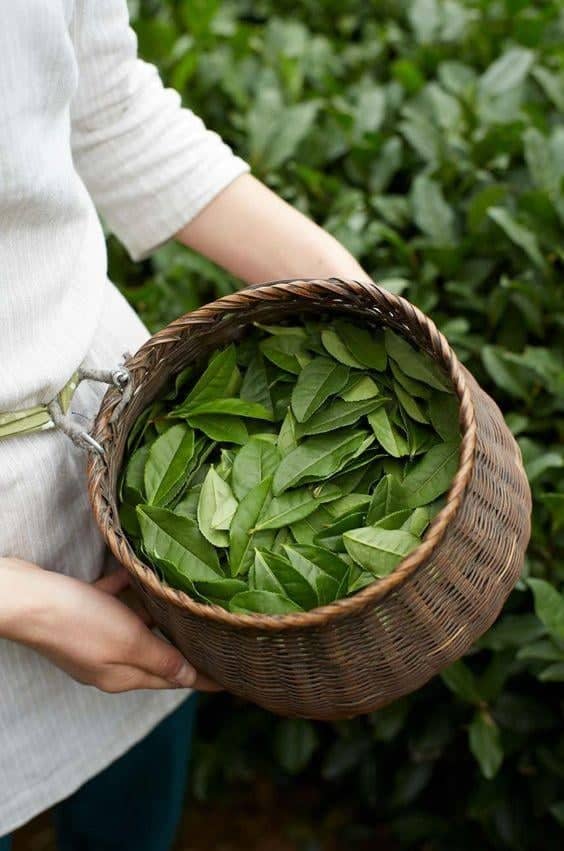
An important factor in growing tea is that it can grow regardless of hot or cold weather, except in areas with ice. There are other factors as well, namely:
- Soil: Tea will thrive in well-drained, slightly acidic, loamy soil with a pH of 4.5-6.0 and a slope of no more than 45 degrees.
- Humidity and rainfall: The area should receive consistent rainfall throughout the year. Minimum rainfall should be between 1,140-1,270 millimeters per year. A lack of water will stunt the growth of the tea plants and prevent them from sprouting, leading to reduced yields.
- Temperature: Tea can grow in different temperatures, but it thrives best between 25 and 30 degrees Celsius, and the temperature remains relatively constant throughout the year, allowing the tea to continuously produce new buds.
- Altitude above sea level: Tea grown in high altitudes of 1,000 meters or more, with cool weather, will produce high quality tea leaves. The tea leaves have a good smell and taste, but the yield will be low. Tea grown in low altitudes, with relatively hot weather, will produce high yields but lower quality than tea grown in high altitudes.
After checking all these factors, it is clear that the factors that are not suitable for growing tea are:
- The lower soil layer is rocky or gravel, which allows the tea to root shallowly to find food.
- It is an area that does not have drainage and has limestone and a pH of more than 6.
- The area is too steep.
- Soil that has little organic matter and cannot retain moisture
- Areas with strong winds where it is impossible to make a windbreak, because tea trees are plants that need shade to protect them from the wind, helping to reduce daytime temperatures and reduce the amount of sunlight that shines directly on the tea trees, allowing the tea leaves to photosynthesize better. Because if the tea trees receive full, direct sunlight, it will make the leaves small, yellow, or burn. If the tea leaves are not cooked, the trees will deteriorate and eventually die.

Tea harvesting is crucial because producing high-quality tea begins with fresh, high-quality tea leaves. The best quality tea leaves are those harvested from buds containing one bud and two leaves. Tea harvesting begins at 60 centimeters, typically from March to November, with an average harvest every 10 days. The ideal time to harvest is between 5:00 AM and 2:00 PM. Don’t pack the buds too tightly in baskets or sacks, as this can bruise the buds and compromise their quality due to the heat generated by the leaves’ respiration.
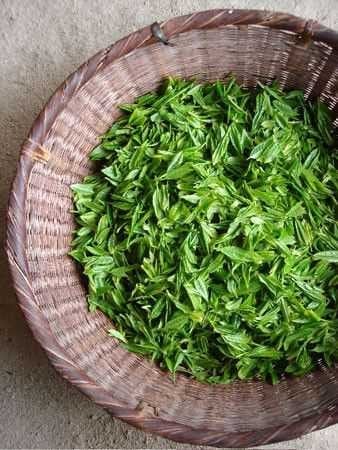
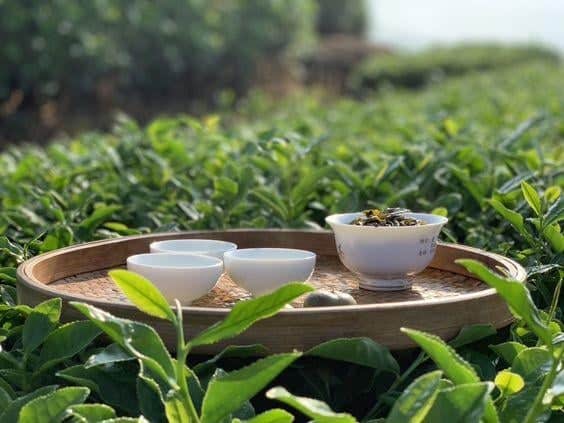
Good tea seeds suitable for planting should be collected from fully ripe, brown berries that are still attached to the tree. Seeds that have fallen under the tree should not be collected. After collecting fully ripe berries from the tree, remove the shells or place them in a winnowing basket or basket and leave them in a shady area. The tea berries will dry and burst within 2-3 days. Then, quickly plant the seeds, as tea seeds contain a high oil content, which causes a very rapid loss of germination. Before planting, soak the seeds in water for 12-24 hours. Spoiled seeds will float; cut them off and use only the seeds that sink for planting.
After you’ve tried growing your own tea and want to create an organic tea farm, you can get tea that’s safe for your health in the long run, with no chemical residue. You can find more details at : Getting to Know Organic Green Tea Growing.
Source: https://www.japanesegreenteain.com
https://i.pinimg.com/originals/72/ea/da/72eada1447275ef65d7ab82ff6cd381e.jpg
http://technology-farmmer.blogspot.com/2015/02/blog-post_20.html
Article from: Fuwafuwa


